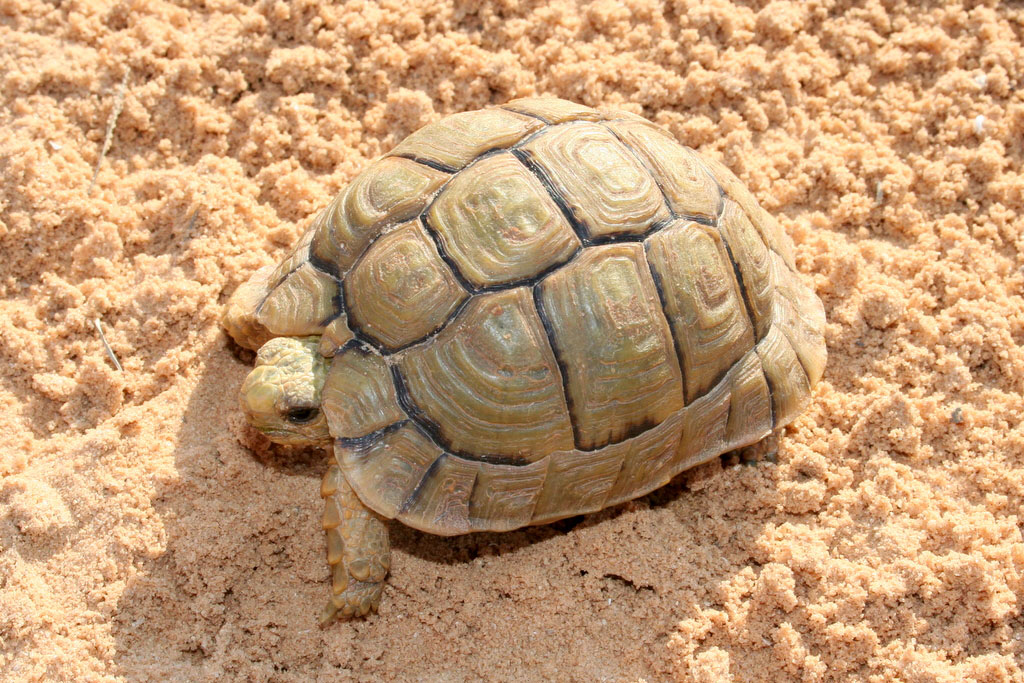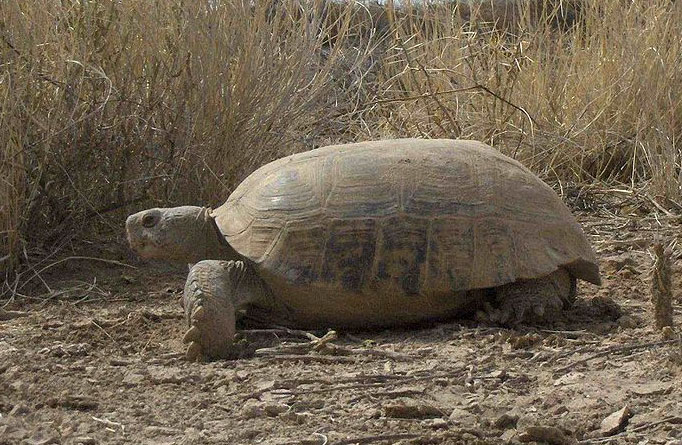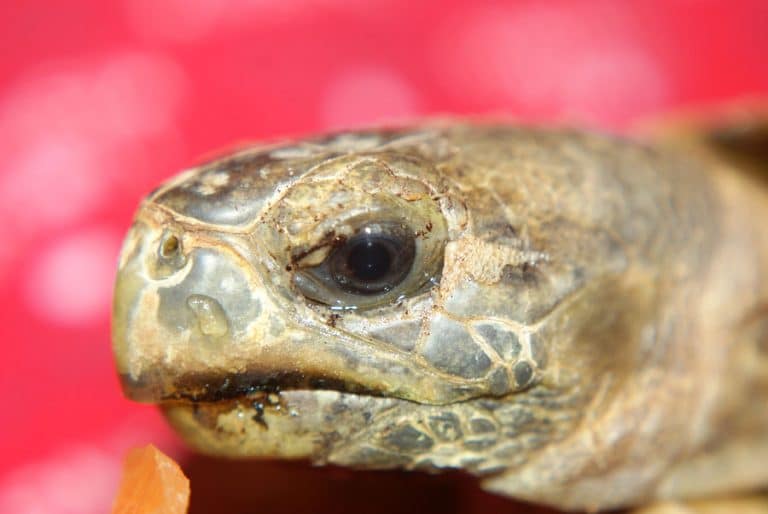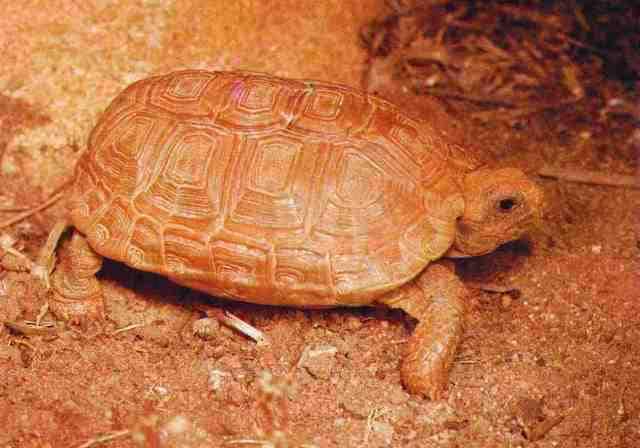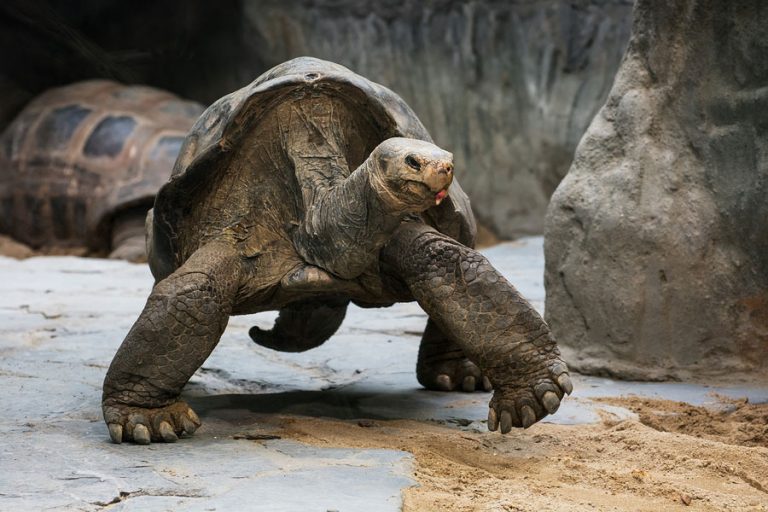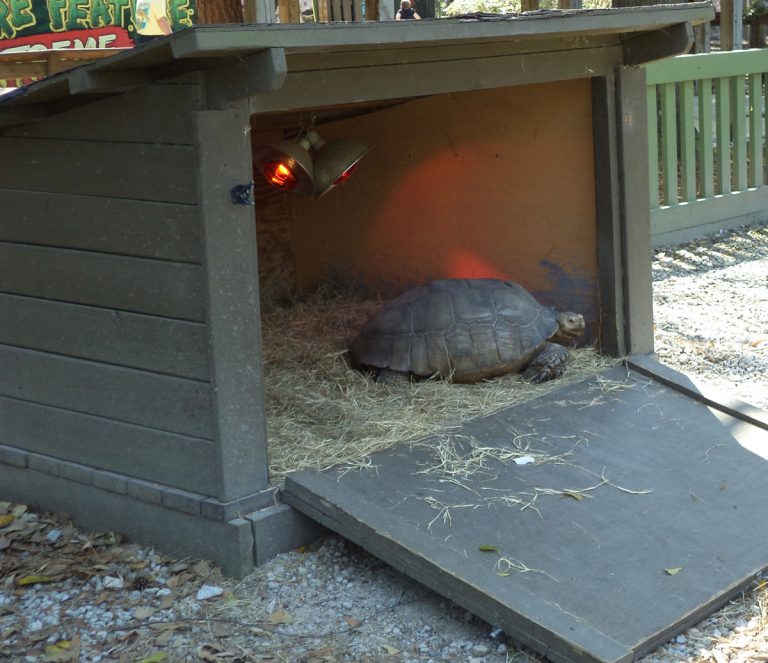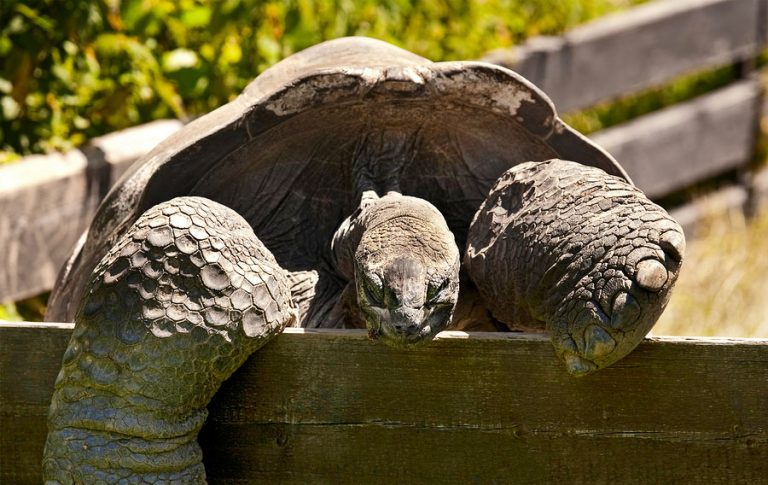Egyptian Tortoise
Scientific Classification
| Kingdom: | Animalia |
| Phylum: | Chordata |
| Class: | Reptilia |
| Order: | Testudines |
| Suborder: | Cryptodira |
| Family: | Testudinidae |
| Genus: | Testudo |
| Species: | T. kleinmanni |
| Binomial name: | Testudo kleinmanni |
Egyptian tortoise Testudo Kleinmanni or the Kleinmann’s tortoise, also known as Leith’s tortoise and is one of the critically endangered species on Earth. The neck-hiding tortoises are decreasing more these days, and are completely extinct in Egypt, Thus, it requires more care and special measures for protecting the remaining species on Earth.
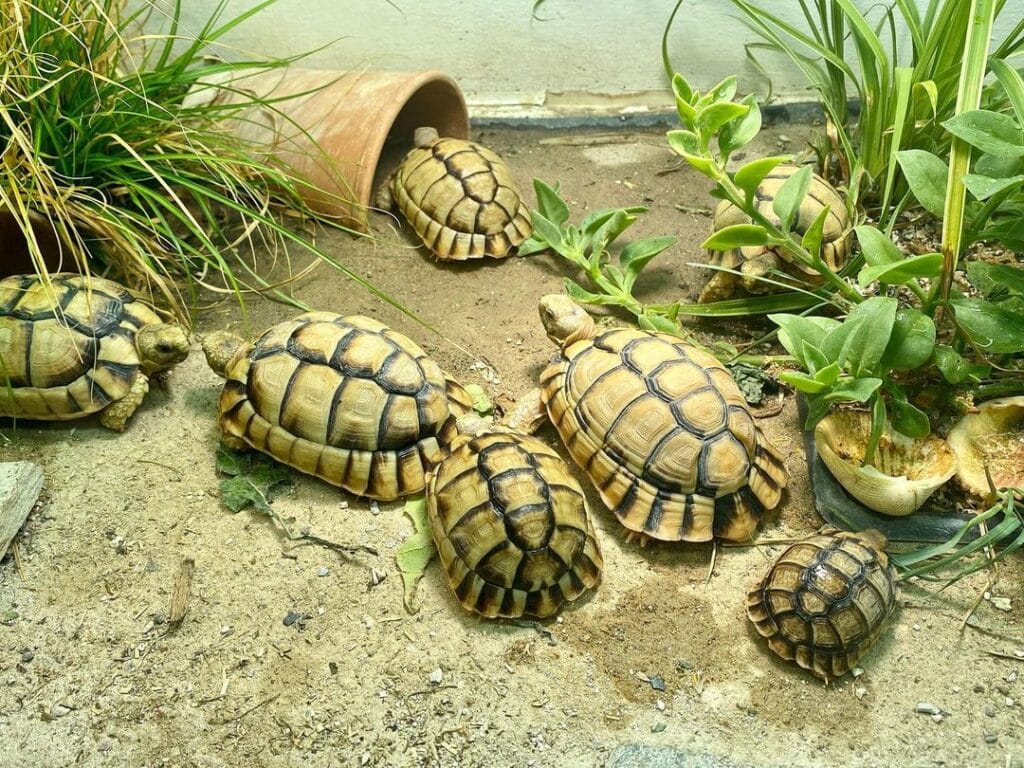
Anatomy
The tiniest tortoise, found across the entire Northern Hemisphere is none other than Kleinmann tortoise, with the females, comparatively larger than the males. The males on the other hand, are thin and fragile bearing a long tail. The shells have huge arch and port wide varieties of color, from ivory to pale gold, dark brown, pink or even dull yellow. The color, according to Gloger, aids in balancing the sunlight effect. Thus, they pale colored tortoises are able to inhabit the desert areas for longer periods of time. It is also another method of camouflaging in the deserts. Usually the base of the shell is light yellow, along with two somber triangles, present on both the sides of abdominal scute. The scutes have murky sidings which vanish with age.
The head as well as the limbs are a dim ivory-yellow to a yellow-brownish shade.
Behavior
Usually they are decent, and well-mannered in nature. Unlike others, they are not aggressive.
Habitat
The Leith tortoises, reside in the arid and semi-arid areas, commonly with sand, gravels, spread rocks, dry woodlands or areas covered with shrubs, hollow and sandy streams, marshy areas, rich in salty soil. As pets, they feed on fruits, green vegetables, grasses, but the diets of the free tortoises are not clearly known.
The Egyptian tortoise is a unique species that you find in very a few selected areas, mainly in deserts across the north of Egypt and Cyrenaica, Libya, west of the Negev, and Israel. Basically, they love costal areas, and do not go beyond 90 kilometers from the coast.
As a Pet
Breeding
The Egyptian tortoise attains sexual maturity as soon as it is about 5 years of age. When they are free in the wild, they mate in March, while those residing at home in captivity, mate in April, August-November. The male tortoise rams the females, after chasing in order to mate. Much like the doves, they give a mating call, which seems like mourning. Then the females lay eggs in the shallow bowls beneath the bushes or inside empty burrows. Each clutch gives one to five eggs. The hatchlings come out during summer or the early autumn.
Housing
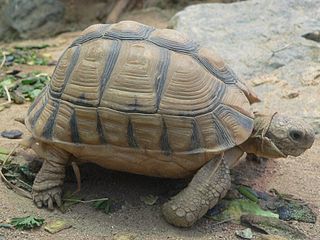
A safe and secured location, along with a present greenhouse or a shady area, along with a warm and arid area to sleep (You must ensure around 12 C temperature during the night). Keep a basking lamp, Use a 250W Infra Red bulb (white) in a Pig lamp set-up and leave enough space for each tortoise to move and warm up simultaneously.
As per their size and difficulty level, you would do well to use indoor areas, even though a little bit of natural sunlight is essential.
Food
Ample amount of green leaves is vital for your Egyptian tortoises. Use a wide variety of green vegetables that they never give up eating.
Often there are cases when the tortoises faces severe problems when offered fruits. While, almost all varieties of the tortoises prefer to have at least a little amount of fruits, you must not feed your Egyptian tortoise with any fruits.
Usually, the Leith’s tortoises do not require calcium supplements, when they are kept inside the home, but make sure it receives ample amount of vitamin D3 supplement, as it will make up for the lack of vitamin D obtained naturally from sunlight (when kept indoors).
Handling
The Egyptian tortoises are timid and of delicate nature. If you see them stressed, it means that they are sick.
Several tests conducted with a few groups of Testudo revealed their shy nature, confirming they were not very happy with human intervention except for the minimum contact with the keeper.
Qualities of Egyptian Tortoise
Also known as Klienmann’s tortoise or Leith’s tortoise, the Egyptian tortoise are an endangered species of neck hiding tortoise. They are commonly found in the Northern Hemisphere and are one of the smallest species of its kind in the world. Because of its small size they are loved for keeping as pets. Females are bigger than the males. A fully grown Egyptian male would be around 4 inches long and weigh around 105 grams, whereas a fully grown female grows up to 5 inches in length and weighs about 400 grams. Besides being small in size, the most distinctive features are two triangle shaped markings on the bottom part of its shell that tend to become more prominent with age.
They come from very severe habitats where rainfalls are recorded at only 2-4 inches annually. Their shell colors are normally anywhere from ivory to pale gold or dull yellow. This color helps them to adjust with the sunlight, helping them to survive in the desert.
They might come from harsh surroundings but they are easily adapted to households and make cute and lovely pets.
They normally tend to become herbivores as they feed on grass, desert plants and fruits. They are active if the climate is warm and tend to be calm and reserved if the temperatures are at its extremes. So you might find your tortoise more active during midday in the winter and during summer they would be active in the mornings and evenings. They prefer to spend the rest of their day hiding in their burrows or among bushes.
A small hatchling can be kept in a plastic shoebox or a sweater. You can substitute with cloth or paper towels or use indoor/outdoor carpeting. A small lid can be used as its water bowl and they should be soaked in water every day.
An exact temperature and UV lighting need to be given to a baby tortoise so that they do not get dehydrated and grow up healthy. A UV fluorescent light and a glowing lamp for heat can be used. The temperature of 75 or 80 degrees should be maintained for babies.
Their diet should include leafy greens like dandelion and plantain greens. It is not necessary that you feed them every day but if you are giving them a balanced diet, overfeeding should not be much of a concern. Fruits like bananas, pears or apples can be given once a week.
Take care while selecting their greens; oxalic acid high greens like chives, parsley, rhubarb and spinach are dangerous for Egyptian tortoises. It might lead to kidney or bladder stones in the tortoise.
The Egyptian variety do not grow too big so if they are taken outdoors make sure you do it under supervision as there might be a concern with predators.

Having discovered a fondness for insects while pursuing her degree in Biology, Randi Jones was quite bugged to know that people usually dismissed these little creatures as “creepy-crawlies”.

